Gentlemen,
It has been an exciting year, with several new technologies arriving. Our biggest focus has been on resolving the fuel crisis, and as such, we've improved general fuel economy, increased engine size, and decreased power multiplier. The end result is that our latest commercial engine uses only 42% as much fuel per unit power as the one in our current transports. This, when combined with our increased fuel production, should let us supply a new colony relatively easily. We've also finished the jump gain chain to Gliese 892, so it's probably time to look at new transports.
The other major development is major improvements in our research, as our scientists have gotten better and allowed us to allocate labs more efficiently. This has paid major dividends, particularly in Construction and Production research. We also suspect we've found another civilization in the Gliese 785 system. Unfortunately, we have no direct contact, but there's a habitable planet in the system and we've discovered jump gates leading from it, so the conclusion isn't hard to reach.
Database is here.

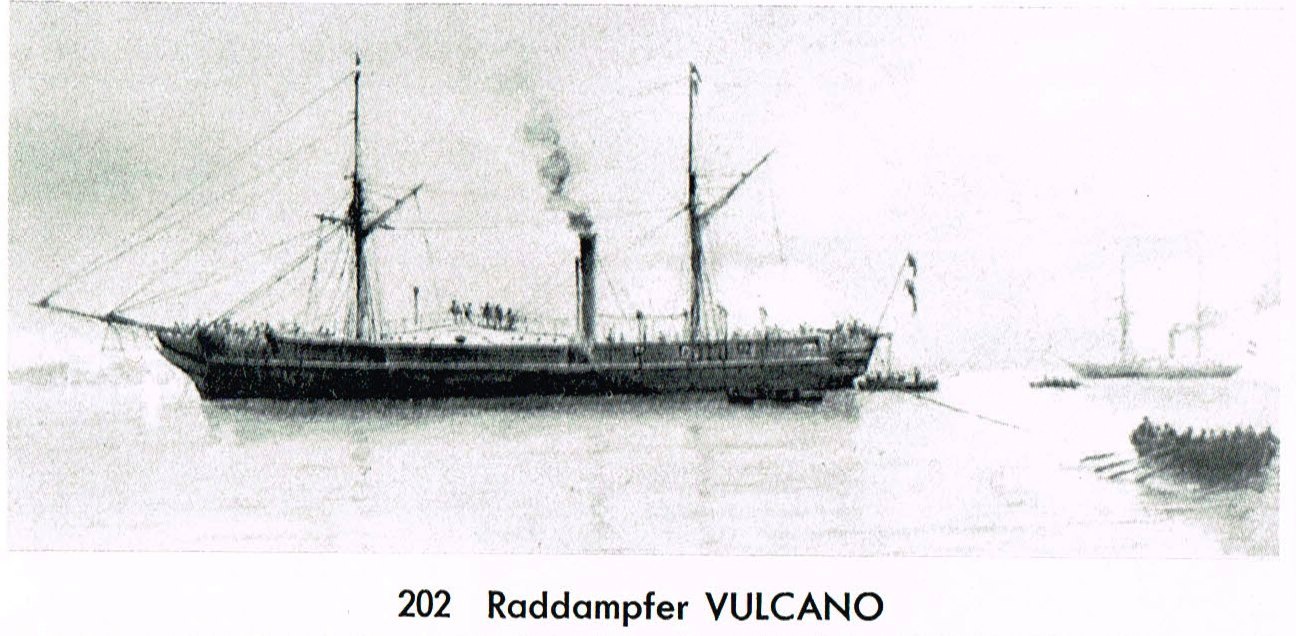
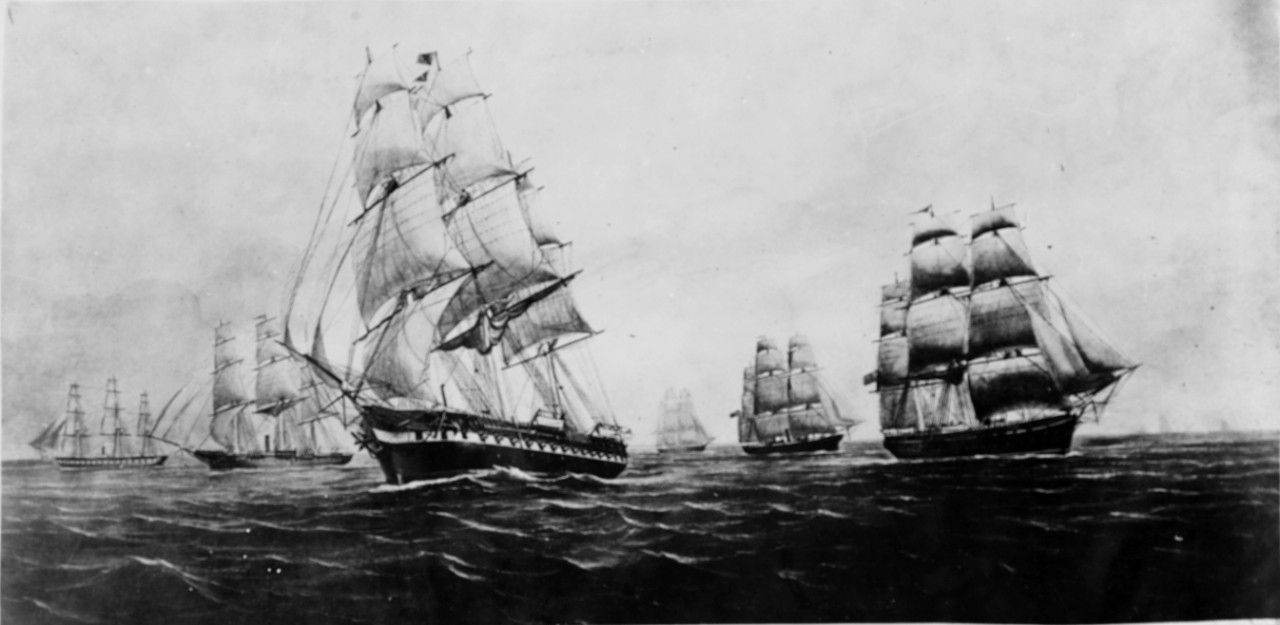
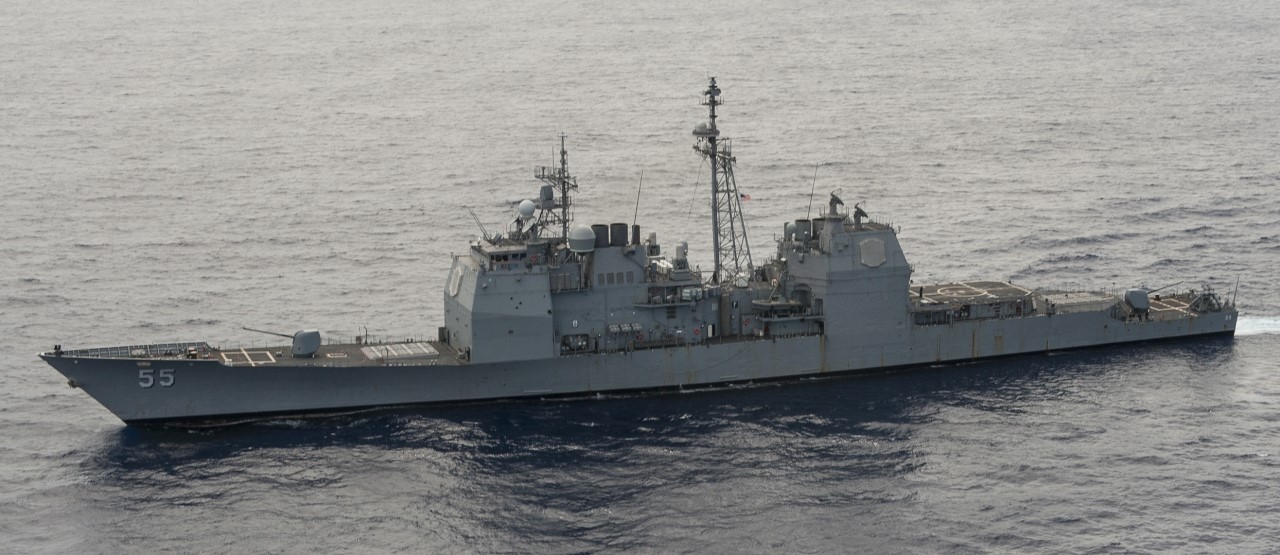
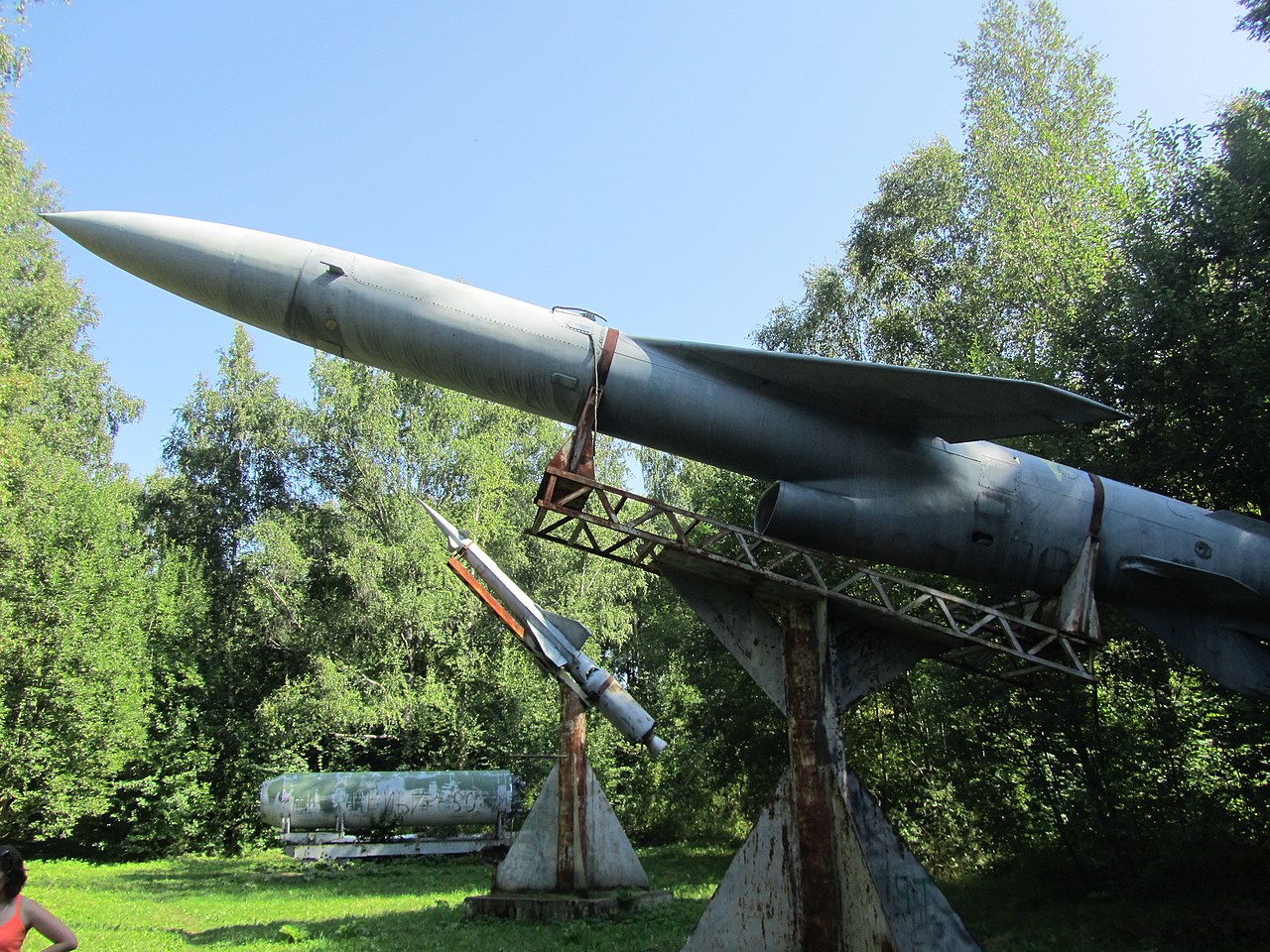
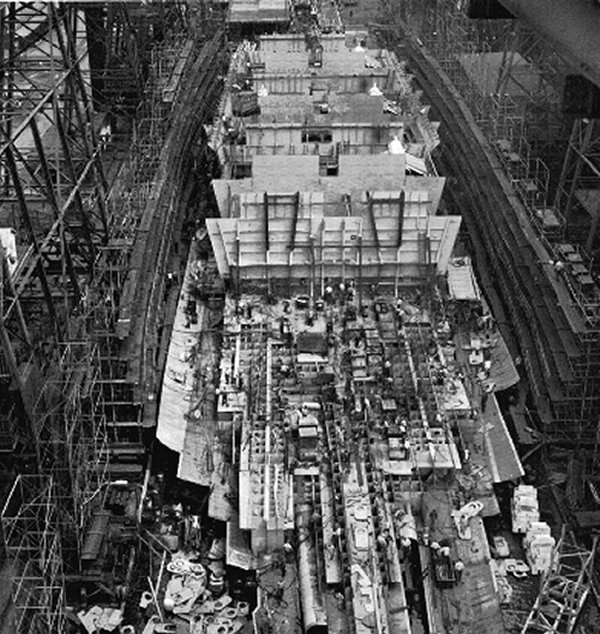
Recent Comments